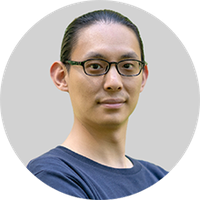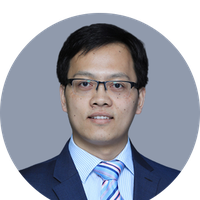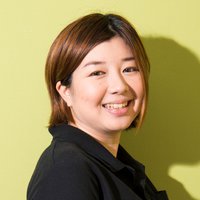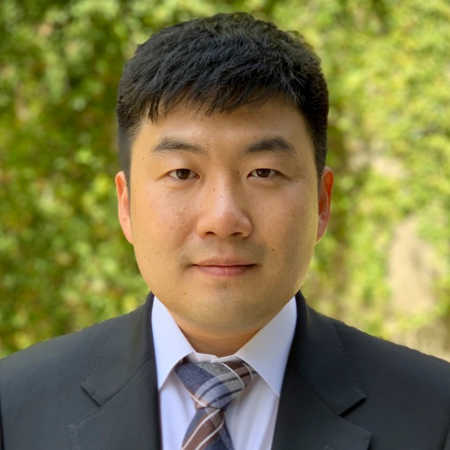Computer & electronics hardware
Soonwon Choi
The second quantum revolution has just begun.

Asia Pacific
Chih-Hwan Henry Yang
Silicon quantum dot-based spin qubits to world-leading performance.

China
Jianshi Tang
Developed a variety of memristive devices to faithfully mimic the functions of biological synapses, neurons, and dendritse.

Global
Nicholas Harris
Shining light through optical chips might be the fastest way for neural networks to make decisions.

Japan
Yoshimi Wie
Japan carries the largest elderly population in the world. Technology can help reduce the burden of excretion care.
